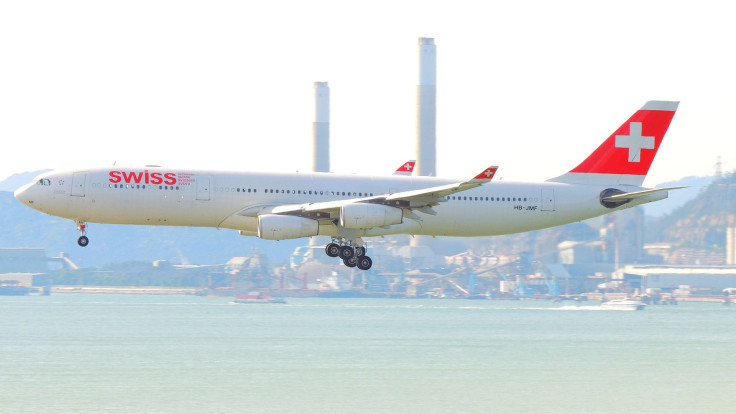Commercial Aviation Industry Had Safest Year In History In 2017: Report

2017 was adjudged as the safest year on record for commercial air travel, according a report by a Dutch aviation consultancy.
Dutch aviation consultancy, To70, and Aviation Safety Network reported, Monday, that there were no commercial passenger jet fatalities in 2017.
To70, according to the report, documented the fact that the fatal accident rate for large commercial passenger flights was 0.06 per million flights or one fatal mishap for every 16 million flights.
However, there were 10 fatal airliner incidents which led to the deaths of 44 people on-board and 35 people on the ground, which included cargo and commercial passenger turbo prop aircraft. This statistic includes 12 people who died, Sunday, when a Nature Air Cessna 208B Grand Caravan plane crashed just minutes after taking off towards Punita Islita, Costa Rica.
16 accidents and 303 deaths were reported in 2016, the report stated.
Another instance happened in January 2017, when a Turkish cargo jet crashed into a village in Kyrgyzstan while attempting to land at an airport nearby when the skies were muddled with thick fog. The accident killed 35 people on ground and four people on board the aircraft.
The Aviation Safety Network also stated that 2017 was "the safest year ever, both by the number of fatal accidents as well as in terms of fatalities."
It reported that in the last two years, the number of aviation related deaths have been decreasing.
To70 released its Civil Aviation Safety Review for the year 2017, on Monday. The review reported only two fatal accidents, which involved two small turbo-prop planes with 13 fatalities.
The review did not include two incidents. One which happened on New Year’s Eve where a seaplane crashed in a bay near Sydney killing six people including a 11-year-old girl, and the other was the crash in Costa Rica, which killed 12. These incidents weren’t included because both the aircrafts involved weighed below 5700 kilograms, which was the threshold for the review.
Adrian Young, a senior aviation consultant for To70 told the Independent, "it is unlikely that this historic low will be maintained; in part, these very positive figures rest on good fortune. Nevertheless, the safety level that civil aviation has achieved is remarkable."
Young, however, added a statement of caution: "The risks to civil aviation remain high as shown by the seriousness of some of the non-fatal accidents."
He then gave an example of the same which included "the spectacular loss of the inlet fan and cowling of an engine on an Air France A380" in Greenland in September.
The review stated the fact that electronic objects in the check-in baggage can result in possible danger. The report quoted the review which read, "the increasing use of lithium-ion batteries in electronics creates a fire risk on board aeroplanes as such batteries are difficult to extinguish if they catch fire."
"Airlines worldwide are training their crews to fight any fires in the cabin; the challenge is keeping such batteries out of passenger luggage," the review added.
The report further stated that in 2016, 217 people died in seven incidents with regards to commercial jets. These incidents included an Egyptair flight from Paris to Cairo which crashed in May 2016, killing 66. Another incident was the LaMia jet crash which killed members of the Brazilian football team Chapecoense.
In 2015, the number was higher with 471 people dead in four crashes. Incidents included a Metrojet flight from Sharm El Sheikh, an Egyptian resort town to Russia which crashed killing 224 and a Germanwings Airbus A320 flying from Barcelona, Spain, to Dusseldorf, Germany, which was intentionally crashed by its first office Andreas Lubitz as he drove the plane into the French Alps killing 150 on board.
The report further stated that the U.K. had the best record in terms of air-safety. No fatal incidents were recorded with a British airline since the 1980s.
© Copyright IBTimes 2024. All rights reserved.





















